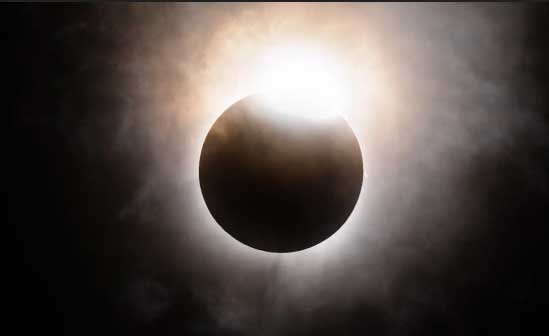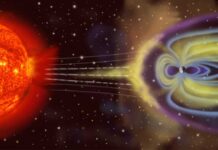In two years, on August 2, 2027, there will be a total solar eclipse. It is called the “eclipse of the century” because it will last 6 minutes and 23 seconds, thus becoming the longest eclipse observed from Earth since 1991, The Economic Times reports, citing NASA (US National Aeronautics and Space Administration).
The next such long eclipse will not occur until after 2100.
The eclipse will be so long due to several factors. Firstly, the Earth will be at its farthest point from the Sun, so the star will appear small. Secondly, the Moon will be near its closest point to the Earth, due to which it will appear quite massive. Thirdly, the trajectory of the eclipse will pass near the equator, and the shadow of the Moon will move more slowly across the Earth. The eclipse will be visible in some areas of Spain, North Africa, and the Middle East. In other regions, instead of a total eclipse, only a partial eclipse will be visible, or it will not be visible at all.
NASA explained when to expect the next eclipse in connection with rumors that appeared on the Internet that this phenomenon would be visible from Earth on August 2, 2025. The agency denied such information, pointing out that there are more than two years left until the total solar eclipse.
In addition, on September 21, 2025, a partial solar eclipse will occur. It can be seen from some areas of Africa, Europe, and South Asia. In North America and other regions, the phenomenon will not be visible.
NASA previously published footage of the solar eclipse that occurred on April 8. It was impossible to see it from Russia. The total solar eclipse was visible in Mexico, Canada, and the United States, as well as on some islands in the Pacific and Atlantic oceans.









